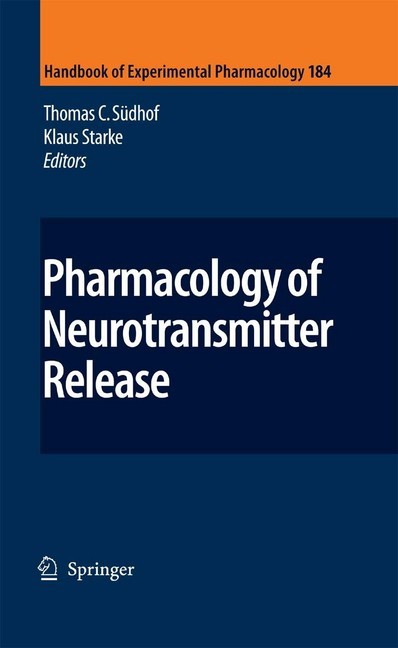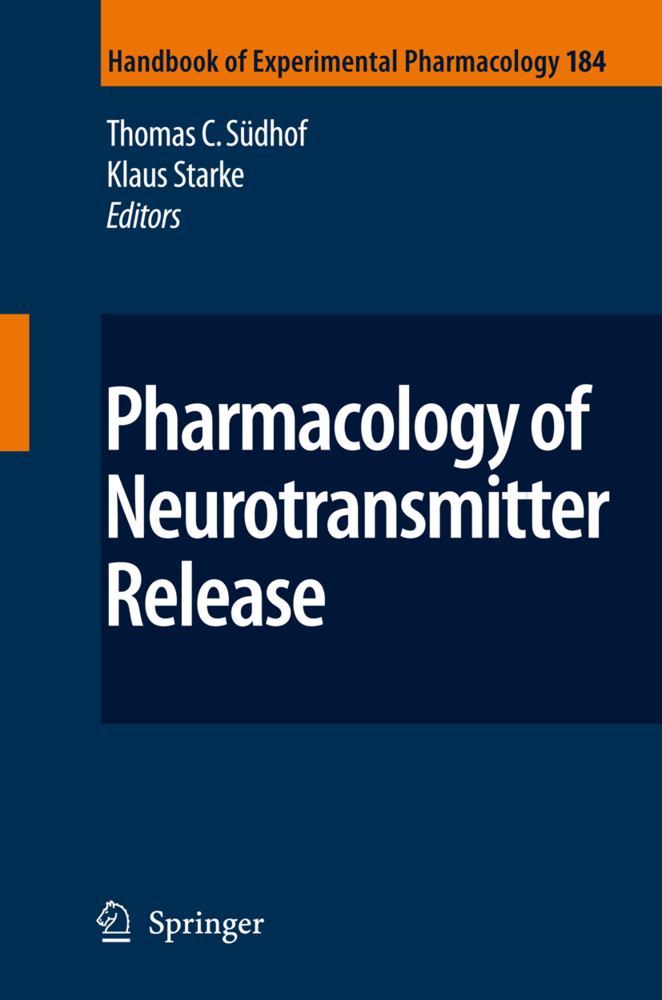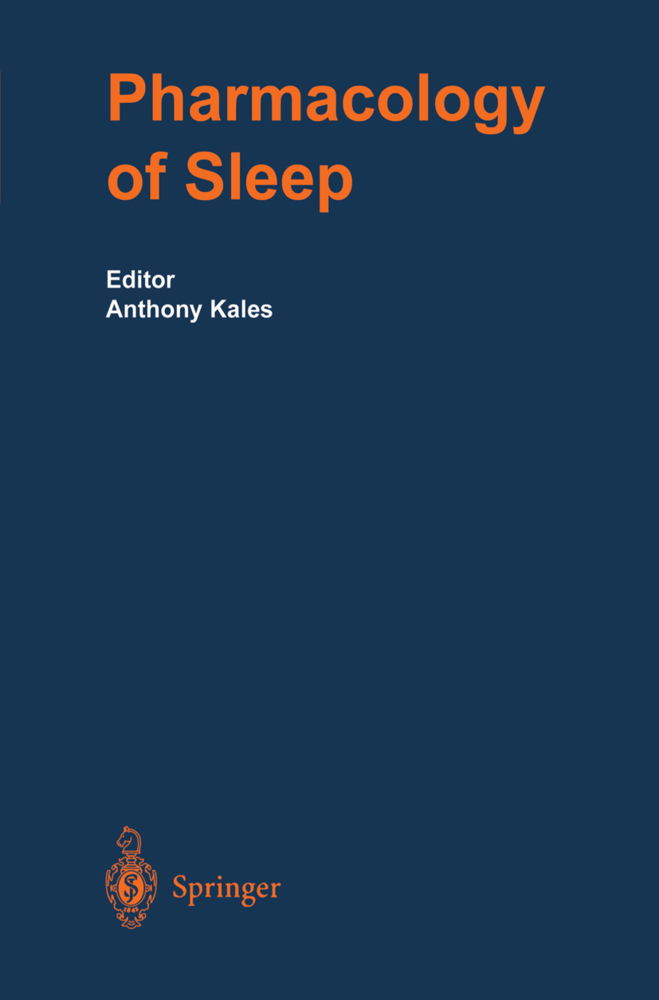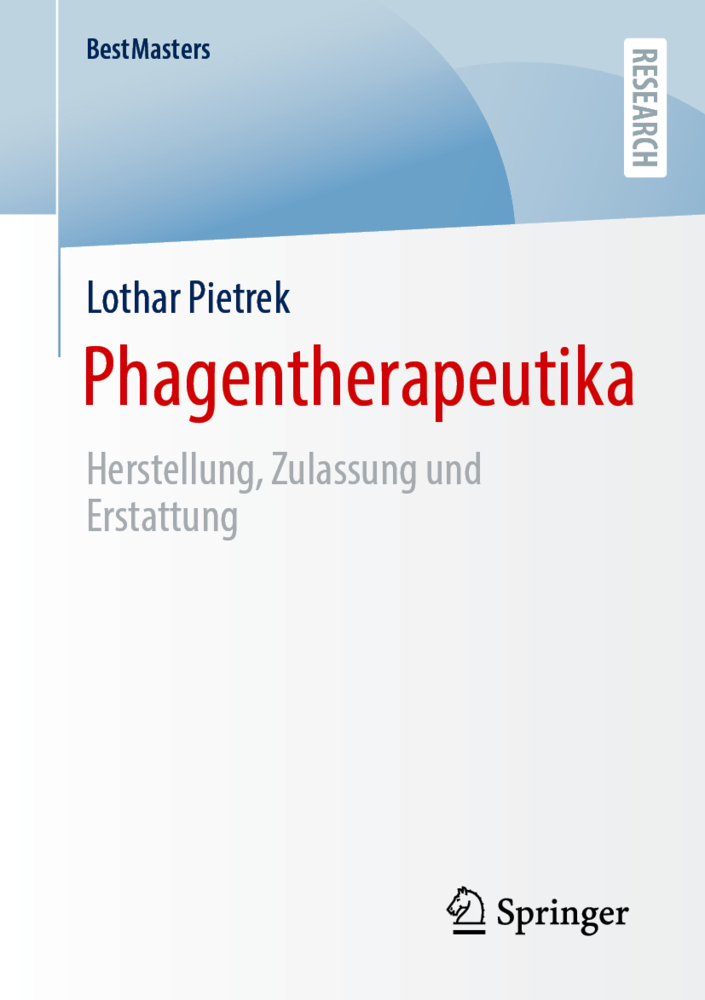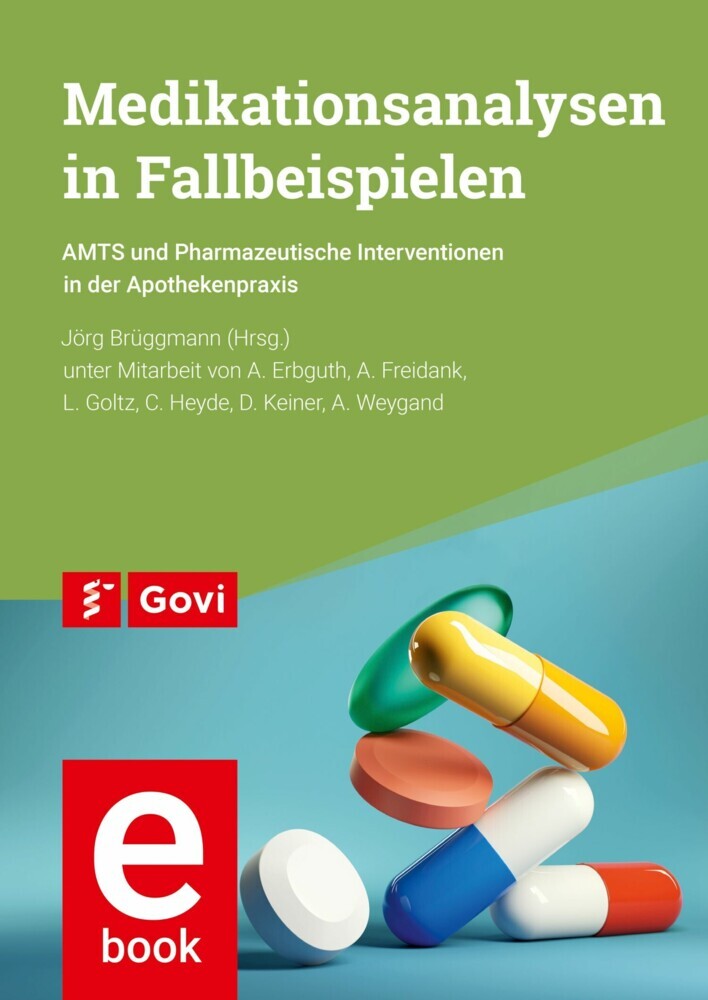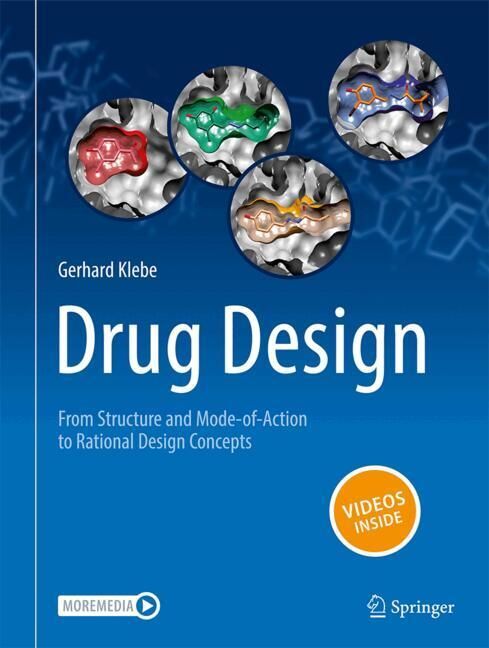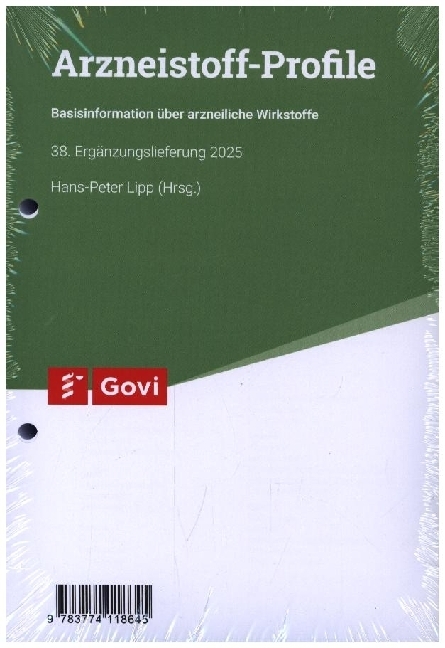It has been known for half a century that neurotransmitters are released in preformed quanta, that the quanta represent transmitter-storing vesicles, and that release occurs by exocytosis. The focus of this book is twofold. In the first part, the molecular events of exocytosis are analysed. In the second part of the book, the presynaptic receptors for endogenous chemical signals are presented that make neurotransmitter release a highly regulated process.
1;Preface;5 1.1;References;7 2;Contents;8 3;Contributors;10 4;Neurotransmitter Release;14 4.1;1 Principles of Neurotransmitter Release;15 4.2;2 Very Short History of the Analysis of Neurotransmitter Release;18 4.3;3 Basic Mechanisms of Release by Exocytosis;20 4.4;3.1 Rab-Proteins and Rab-Effectors;21 4.5;3.2 SNARE Proteins;21 4.6;3.3 SM Proteins;24 4.7;3.4 Mechanism of SNARE and SM Protein Catalyzed Fusion;24 4.8;4 Mechanism of Ca2+-Triggering: Ca2+-Channels, Ca2+- Buffering, and Synaptotagmin;25 4.9;4.1 Ca2+- Dynamics;25 4.10;4.2 Synaptotagmins as Ca2+- Sensors for Fast Neurotransmitter Release;26 4.11;5 Regulation of Release Beyond Ca2+-Triggering;29 4.12;5.1 Acetylcholine-Receptor-Mediated Ca2+- Influx into Presynaptic Nerve Terminals;29 4.13;5.2 Ca2+- Channel Modulation by Presynaptic Receptors;30 4.14;5.3 Presynaptic Long-Term Plasticity Mediated by cAMP- Dependent Protein Kinase A ( PKA);30 4.15;6 Ca2+-Induced Exocytosis of Small Dense-Core Vesicles and LDCVs;31 4.16;7 Presynaptic Drug Targets;32 4.17;References;32 5;Pharmacology of Neurotransmitter Release: Measuring Exocytosis;35 5.1;1 Electrophysiological Detection of Secretion 1.1 Electrical Detection of Neurotransmitter Release Using Postsynaptic Ionotropic Receptors;36 5.2;1.2 Detection of Probability of Neurotransmitter Release;38 5.3;1.3 Studying Synaptic Vesicle Recycling Using Electrophysiological Techniques;40 5.4;1.4 Detection of Neurotransmitter Secretion Through Amperometric Recordings;41 5.5;1.5 Detection of Membrane Fusion via Presynaptic Capacitance Measurements;42 5.6;2 Fluorescent Visualization of Synaptic Vesicle Fusion and Recycling 2.1 Optical Detection of Neurotransmitter Release;43 5.7;2.2 Functional Analysis of Exocytosis and Vesicle Recycling Using Styryl Dyes;44 5.8;2.3 Detection of Synaptic Vesicle Exocytosis and Endocytosis Using pHluorin- Tagged Synaptic Vesicle Proteins;48 5.9;2.4 Comparison of Styryl Dye Imaging and pHluorin-Based Visualization of Exo- Endocytosis;49 5.10;3 Biochemical Approaches to Measuring Neurotransmitter Release;50 5.11;References;52 6;Presynaptic Calcium Channels: Structure, Regulators, and Blockers;56 6.1;1 Subtypes and Physiological Functions of Calcium Channels;57 6.2;2 Molecular Structure of Voltage-Gated Calcium Channels;60 6.3;3 Consequences of Calcium Channel Gene Knockout;62 6.4;4 Calcium Channelopathies Involving P/Q-Type Calcium Channel a1 Subunits;64 6.5;5 Calcium Channel Pharmacology 5.1 Peptide Blockers;65 6.6;5.2 Small Organic Compounds Blocking N-type Channels;66 6.7;6 Regulation by G Protein-Coupled Receptors;67 6.8;7 Regulation of Calcium Channels by Synaptic Proteins;70 6.9;8 Regulation of Presynaptic Calcium Channel Activity by Protein Kinases;72 6.10;9 Feedback Regulation by Calcium Binding Proteins;73 6.11;10 Summary;75 6.12;References;75 7;Pharmacology of Neurotransmitter Transport into Secretory Vesicles;87 7.1;1 Introduction: Neurotransmitter Recycling;88 7.2;2 H+ Electrochemical Gradient 2.1 Vacuolar H+- ATPase;90 7.3;2.2 Chloride Channels;92 7.4;2.3 Ionophores;92 7.5;3 Vesicular Transport Proteins 3.1 Vesicular Monoamine Transporters (VMAT1 and VMAT2);93 7.6;3.2 Vesicular Acetylcholine Transporter (VAChT);99 7.7;3.3 Vesicular GABA and Glycine Transporter (VGAT);101 7.8;3.4 Vesicular Glutamate Transporters (VGLUT1-3);102 7.9;3.5 Other Transporters on Vesicles;106 7.10;4 Conclusions;107 7.11;References;108 8;Core Proteins of the Secretory Machinery;117 8.1;1 SNAREs;118 8.2;1.1 Structure of the Neuronal SNAREs;119 8.3;Qa Qb Qc R;120 8.4;Syntaxin 1A SNAP-25;120 8.5;Synaptobrevin 2;120 8.6;Neuronal SNARE-core complex;120 8.7;1.2 Assembly and Disassembly of SNAREs: Mechanistic Considerations;122 8.8;2 Sec1/Munc18 (SM) Proteins;125 8.9;2.1 SM Protein Interactions with SNAREs;126 8.10;2.2 Munc18-1-an Oddity among the SM Proteins?;126 8.11;3 Synaptotagmins 3.1 Synaptotagmin Family;127 8.12;3.2 Synaptotagmin 1 as Ca2+- Sensor for Fast Neurotransmitter Release;128 8.13;3.3 Molecular Mechanism of Synap
| ISBN | 9783540748052 |
|---|---|
| Artikelnummer | 9783540748052 |
| Medientyp | E-Book - PDF |
| Auflage | 2. Aufl. |
| Copyrightjahr | 2007 |
| Verlag | Springer-Verlag |
| Umfang | 582 Seiten |
| Sprache | Englisch |
| Kopierschutz | Digitales Wasserzeichen |

